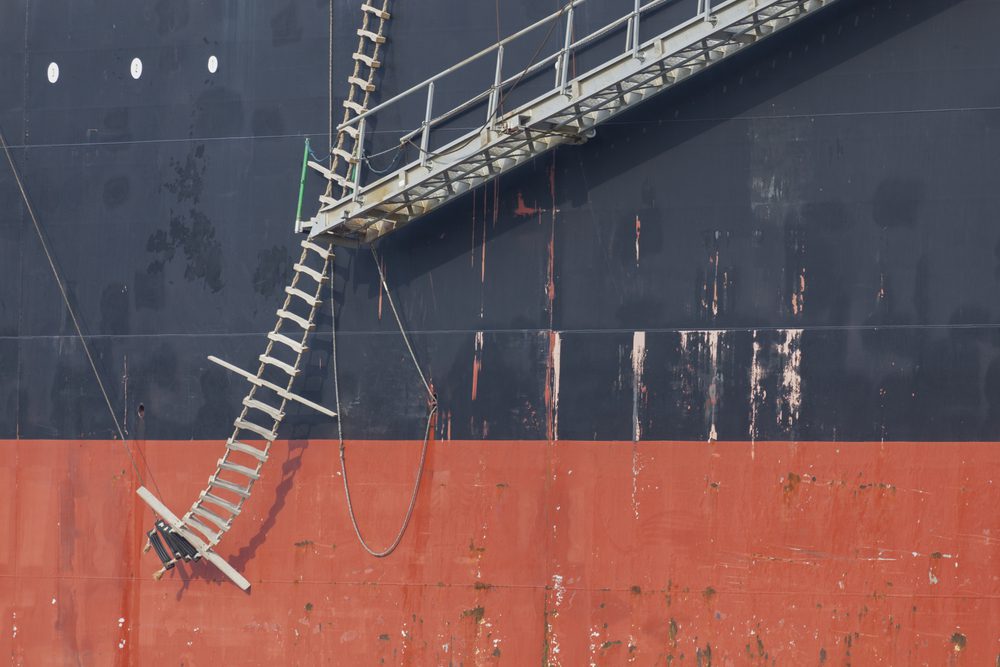Donald Trump’s victory in the US Presidential Election is sending ripples through the container shipping industry being viewed as a potential setback for international trade.
Shares in notable names such as A.P. Møller Maersk, Hapag-Lloyd, and ZIM fell between 7-8% as of early Wednesday morning.
Industry experts warn that this political shift could trigger another spike in ocean container shipping freight rates, reminiscent of the tariff-induced surge witnessed in 2018.
Trump’s campaign promises have set the stage for a dramatic overhaul of US trade policies, according to ocean freight benchmarking firm Xeneta. The President-elect has pledged to impose blanket tariffs of up to 20% on all imports into the US, with an even more stringent 60% to 100% tariff on goods from China.
These proposed measures have raised alarms among importers and shipping industry analysts alike.
“Shipping is a global industry feeding on international trade, so another Trump Presidency is a step in the wrong direction,” said Peter Sand, Chief Analyst at Xeneta.
The immediate impact of Trump’s victory is expected to manifest in a rush to frontload imports.
“The knee-jerk reaction from US shippers will be to frontload imports before Trump is able to impose his new tariffs,” Sand explains. He notes that the incentive for this preemptive action is even greater now, with proposed tariffs on Chinese imports potentially reaching 100%, compared to the 25% seen in 2018.
While frontloading may seem like a logical short-term strategy for businesses, Sand warns of its potential pitfalls. “A sudden increase in demand on major trade lanes into the US when ocean supply chains are already under pressure due to disruption in the Red Sea will place upward pressure on freight rates,” he cautions.
This surge in demand could exacerbate existing supply chain challenges, leading to further rate increases and potential disruptions.
Historical data lends credence to these concerns. During Trump’s first term in 2018, ocean container shipping rates spiked by 70% in response to tariff increases. The industry now braces for a possible repeat or even escalation of this scenario.
The long-term outlook appears equally challenging. Sand predicts that “another Trump presidency will reignite the trade war with China and provoke retaliatory action.”This escalation could create a feedback loop of increasing tariffs and trade barriers, further straining international commerce and shipping operations.
Current market indicators already reflect a tense situation. While spot rates from the Far East to US coasts have remained relatively stable in the lead-up to the election, they are significantly higher than last year – 167% and 134% higher for the West and East coasts respectively. These elevated rates are primarily attributed to ongoing conflicts in the Red Sea, underscoring the fragility of global shipping networks.
“Another Trump presidency will not be welcomed by US importers and exporters, but they needed a swift and clear result in the election. Uncertainty is toxic for supply chains, so at least the industry now has a clearer understanding of the financial and operational risk and can execute the plans they will have prepared in the event of another Trump presidency,” concluded Sand.

 Join The Club
Join The Club











